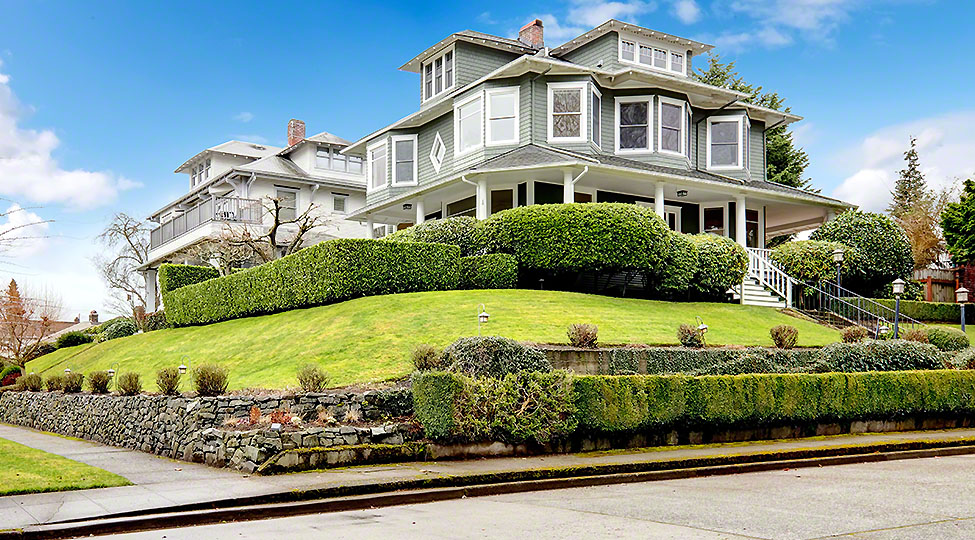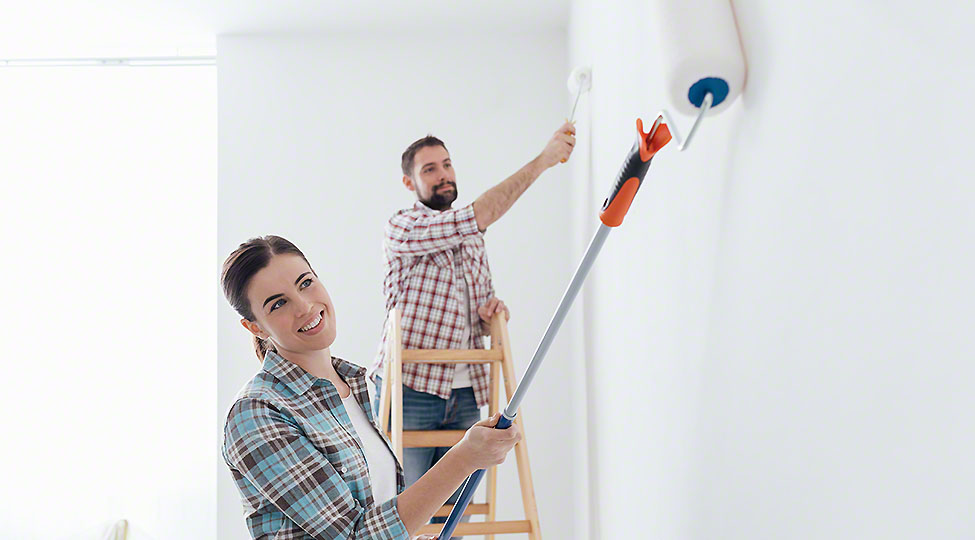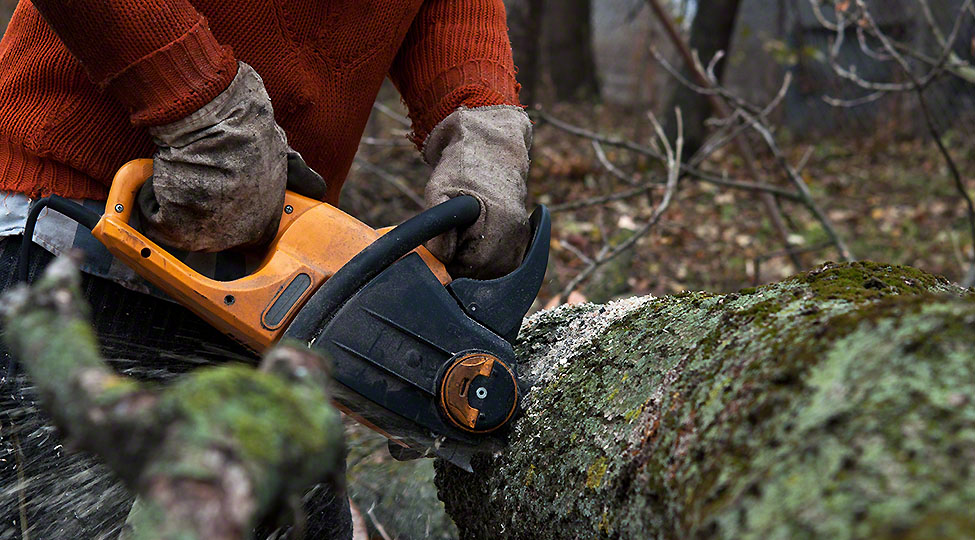A green roof most commonly known as an eco-roof is essentially a rooftop garden. It might seem a very simple concept but involves building an infrastructure on the roof surrounded by many complexities. These are not your simplified rooftop gardens but a proper system with networks installed by expert roofing contractors. Green roofs are costly but offer huge benefits in the long run. So, if you are planning to install one, follow this guide.
What Are The Benefits Of Green Roofs?
While green roofs are not that popular in America, their benefits are widely recognized in Europe. Here are some benefits green roofs tend to offer.
The Urban Heat Island Effect
Green roofs play an important role in population-dense areas. Such areas due to both human and vehicle traffic tend to have relatively high pollution.
In such a case, green roofs help absorb smog and carbon monoxide and contribute to the evaporation and dew cycles while covering heat-absorbing surfaces to decrease the overall temperature of the building. As a result, not only does the building feel like an oven but also decreases the energy costs.
Temperature Regulation
As mentioned in the beginning, green roofs come with a proper infrastructure including insulation. Building a green roof is not just about selecting and installing plants and grass. It is a process that involves several different steps. However, with insulation in place, green roofs help regulate temperature.
During the summer season, the roofs help decrease the temperature while in the cooler months, the heat is retained, which helps build a cozy atmosphere inside the building, again, reducing the need for HVACs or other heat-producing appliances.
Air Quality & Stormwater
As you already know, plants, trees, etc. tend to produce better quality air by taking in smog, carbon dioxide, and other harmful toxicants. So, if you have a green roof installed in your house, you will not need to worry about the air quality going down as the roof will not only capture but also release fresh oxygen. So, while others might be experiencing problems with breathing, you and your family members and your neighbors will be a lot safer.
Secondly, green roofs also help absorb stormwater. As the rain falls, it brings along harmful chemicals and contaminants caught through the air. Once the stormwater ends up in different places, it will release contaminants that not only result in corrosion, rust, etc. but may also pollute the relatively pure water in the surroundings. Moreover, the absorbed stormwater will also lend itself to the evaporation cycle to help keep the surroundings cooler.
Building Longevity And Waste Division
Believe it or not, a green roof with proper waterproofing and drainage system helps improve and protect the longevity of the roof. The waterproofing and drainage systems help absorb and evaporate the water. In the case of thunderstorms or other natural incidents where the water quantity increases suddenly, the drainage system helps remove the water.
This means that damage to the roof will be little to zero. All you might need to do as a homeowner is spend some money on replacing some soil and other items and you are done. This is a lot cheaper than fixing the roof each time.
What Are The Drawbacks Of Green Roofs?
While the advantages offered by a green roof are a lot more than the drawbacks, it is still important to consider the downsides. One of the biggest disadvantages of having a green roof is the upfront costs. Green roofs are a lot more expensive than traditional roofs as they require more effort and labor hours to get the job done.
Some factors may also influence the prices like the condition of the house and its location. If the house happens to be old, you will have to fix the roof first to build a garden. However, once the garden is set, it will help keep the building cool which will eventually decrease the energy costs.
Furthermore, having an extensive type of garden roof can limit the type of plants and greenery you can have. Moreover, it is also difficult to use the extensive type of garden roof for recreational purposes. In the end, the garden just exists for environmental and economic gains.
So, in the winter months, the garden will look less appealing as most of the plants will die to pop up as new.
And finally, the main drawback of having an intensive or semi-intensive green roof is the complexity it entails. Either of these types can sometimes be more expensive than an extensive type and will surely require a team of professional roofers to build it.
However, that will make up for maintenance costs as you will only have to maintain the garden and spend less on fixing and repairing the roof itself.
How To Design A Green Roof?
Designing a green roof involves laying down a proper plan with the help of an expert to complete the project. It’s not something you can or should do on your own especially if you are not aware of the basics. On average, a green roof with proper irrigation, waterproofing, drainage, etc. costs around $10 to $24 per square foot.
Some states may also offer financial incentives to encourage installation. Moreover, you should hire a professional who has carried out such projects in the past and is well aware of such concepts. A green roof can only be built once the professional has thoroughly inspected the roof.
If the foundation is weak, you will either need to fix it or simply drop the idea. It is going to cost you money but because the garden will sit on the roof, you must ensure it can.
What Are The Different Types Of Green Roofs?
Green roofs come in different varieties so homeowners can choose based on their preferences. It could include different types of plants or designs. However, in most cases, green roofs are divided into three categories.
The most common type of green roofs is called Extensive. An extensive green roof system is also the simplest type involving small plants and greenery with a lot less maintenance and infrastructure required. Plus, these roofs are more shallow and lightweight.
Following Extensive green roofs, semi-intensive roofs tend to contain larger shrubs and trees but primarily consist of smaller plants.
The third type of green roofs is an intensive green roof. As the term suggests, these are the most complex and intense kinds of green roofs. These roof gardens come with proper infrastructure including insulation, drainage, and other factors that make up the entire roof.
You can choose any of the type depending on your budget, personal preferences, and what level of maintenance you can commit to. If you have a smaller budget or need a low maintenance green roof, extensive green roofs are excellent. However, if you want a complex green roof, opt for an intensive green roof.
Conclusion
Having a green roof offers splendid benefits while improving the aesthetic appeal of your house at the same time. However, you should not ignore the drawbacks as well. To be on the safe side, get quotes from roofing companies that have experts who can work as a team to achieve the perfect balance. If possible, try finding some green roofs in your neighborhood and seek suggestions to get everything right.



